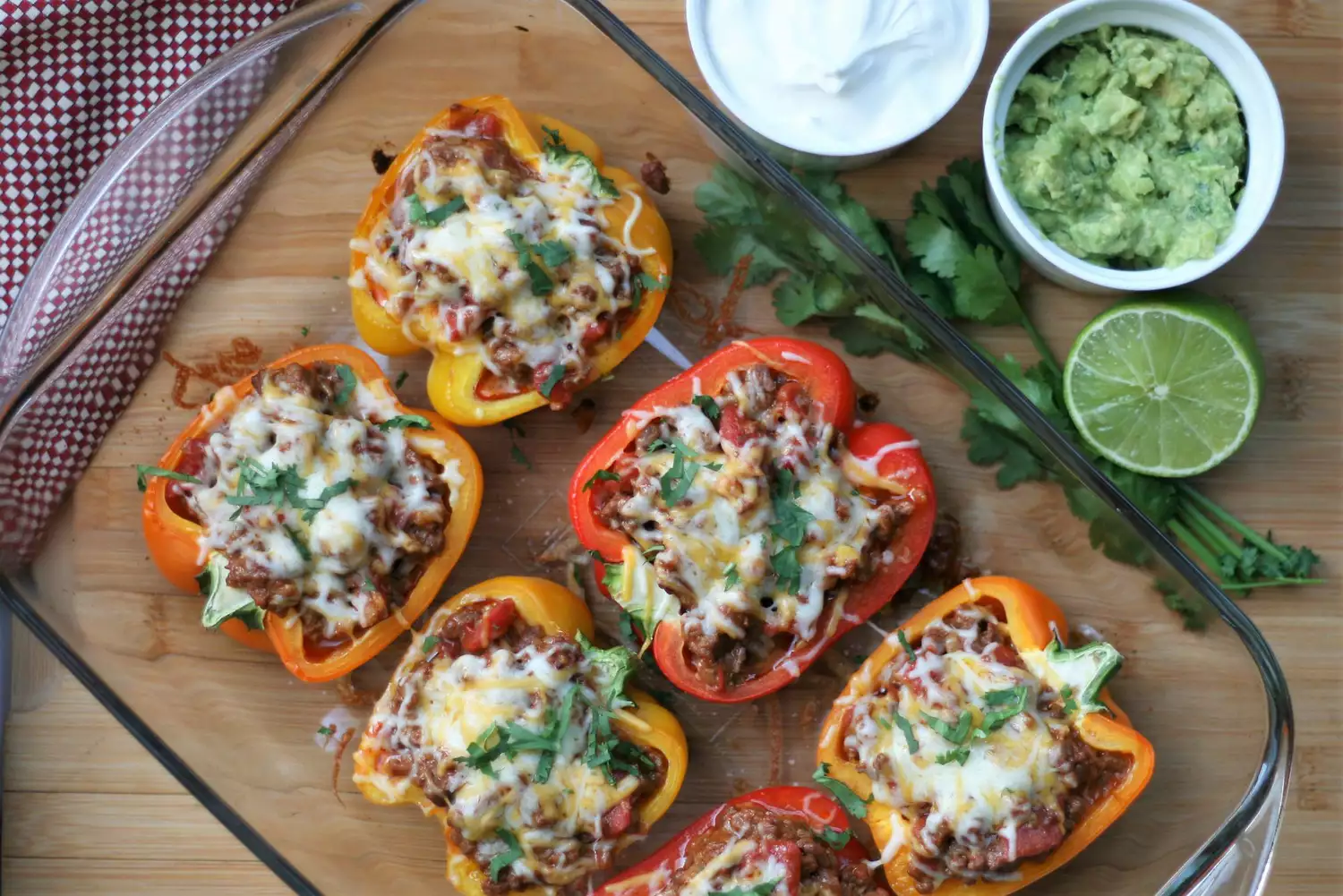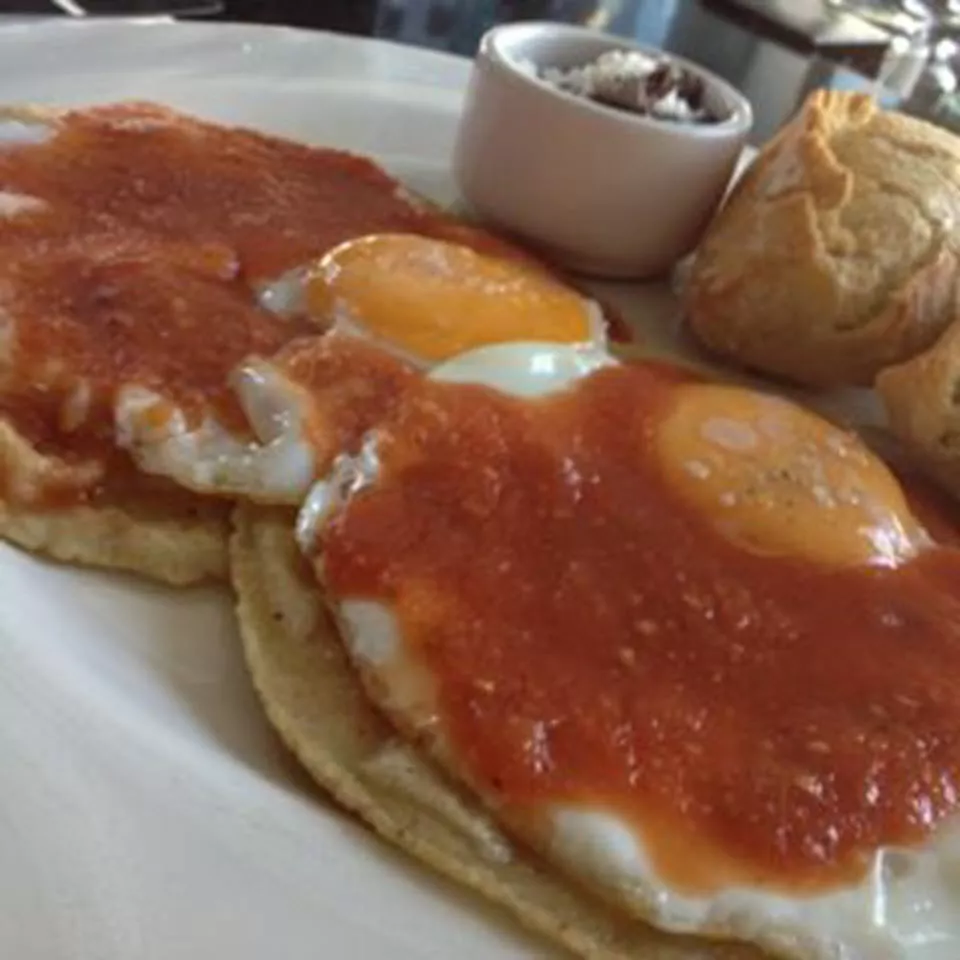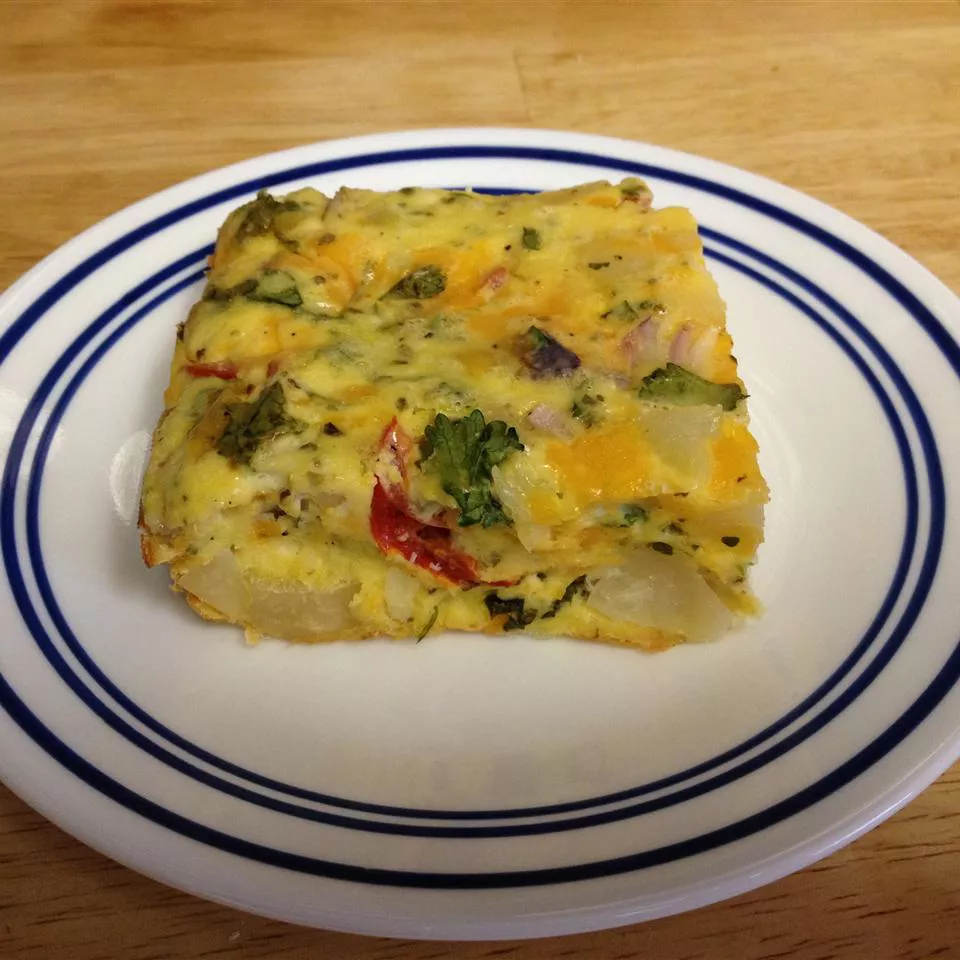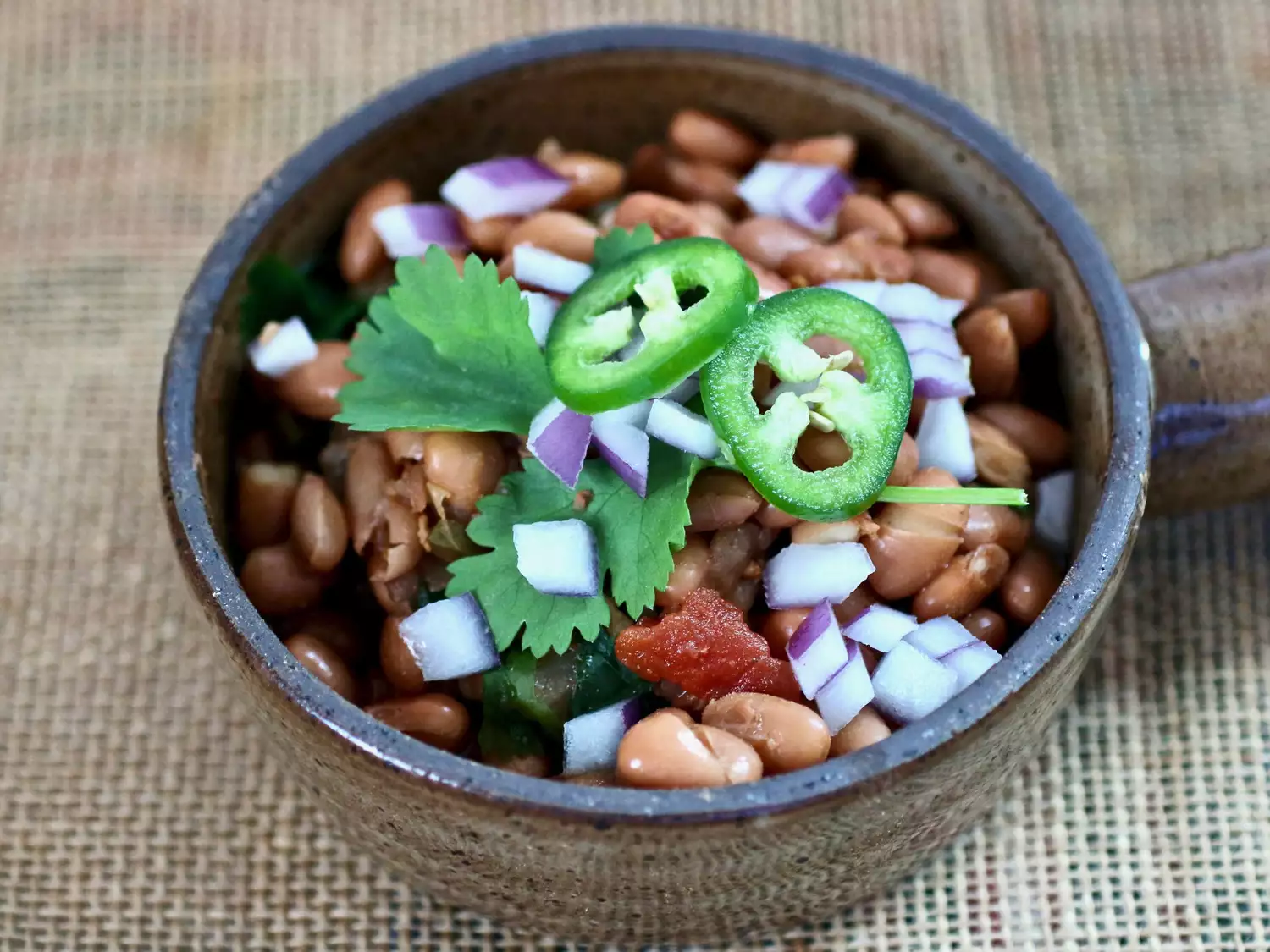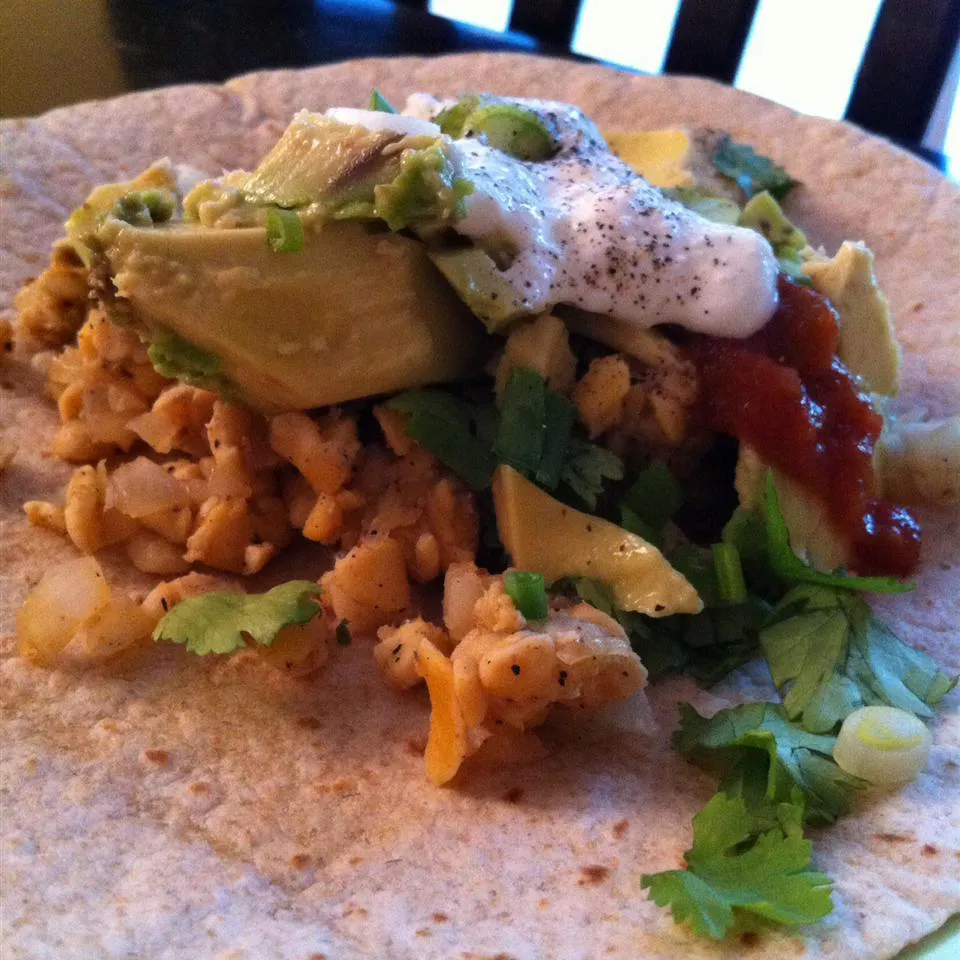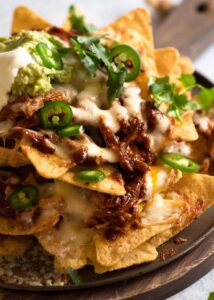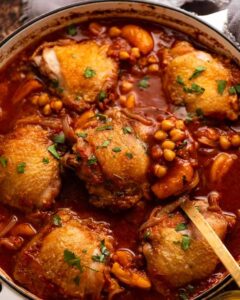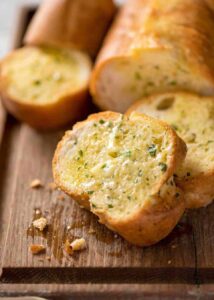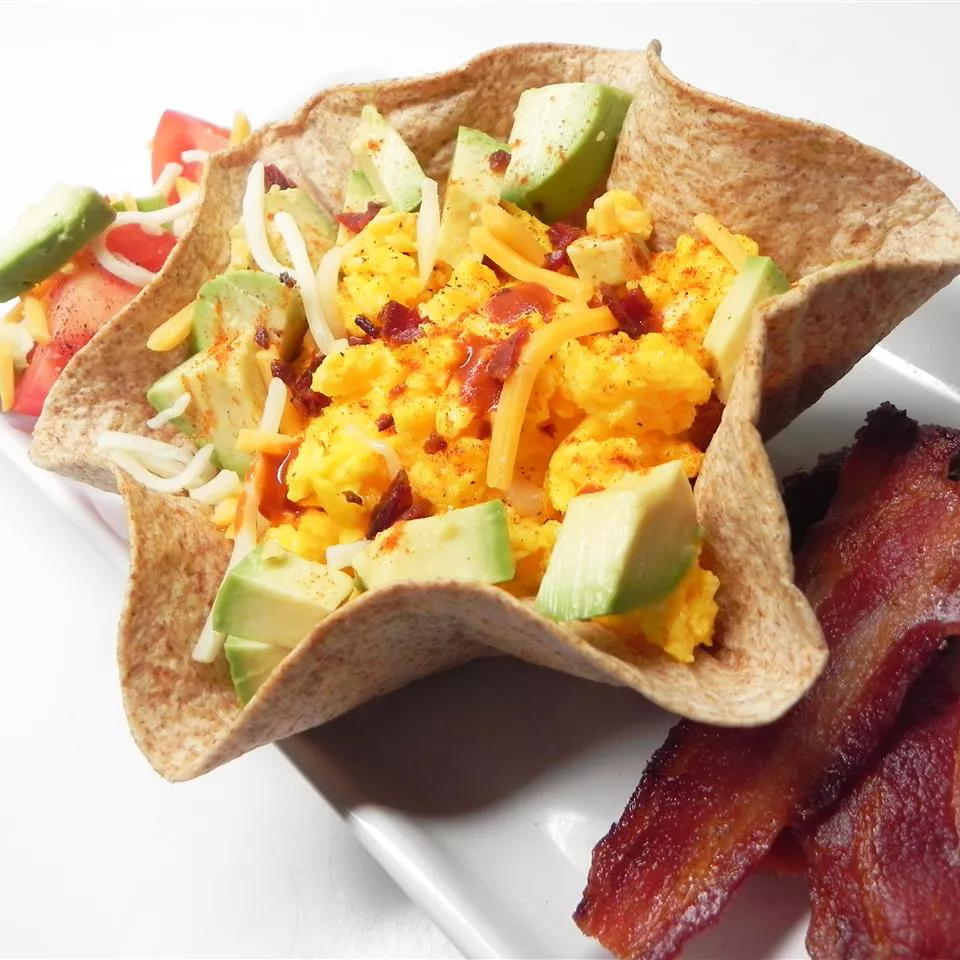
Pan de Muertos (Mexican Bread of the Dead) Recipe
Pan de Muertos represents the traditional Mexican bread made specifically for the November 2nd celebration known as Día de los Muertos, honoring ancestors with special ceremonial bread. This authentic version captures the essential flavors and symbolism that make this bread central to Day of the Dead celebrations. The traditional preparation creates sweet, enriched bread with distinctive shape and flavor that connects families to Mexican cultural heritage through food traditions.
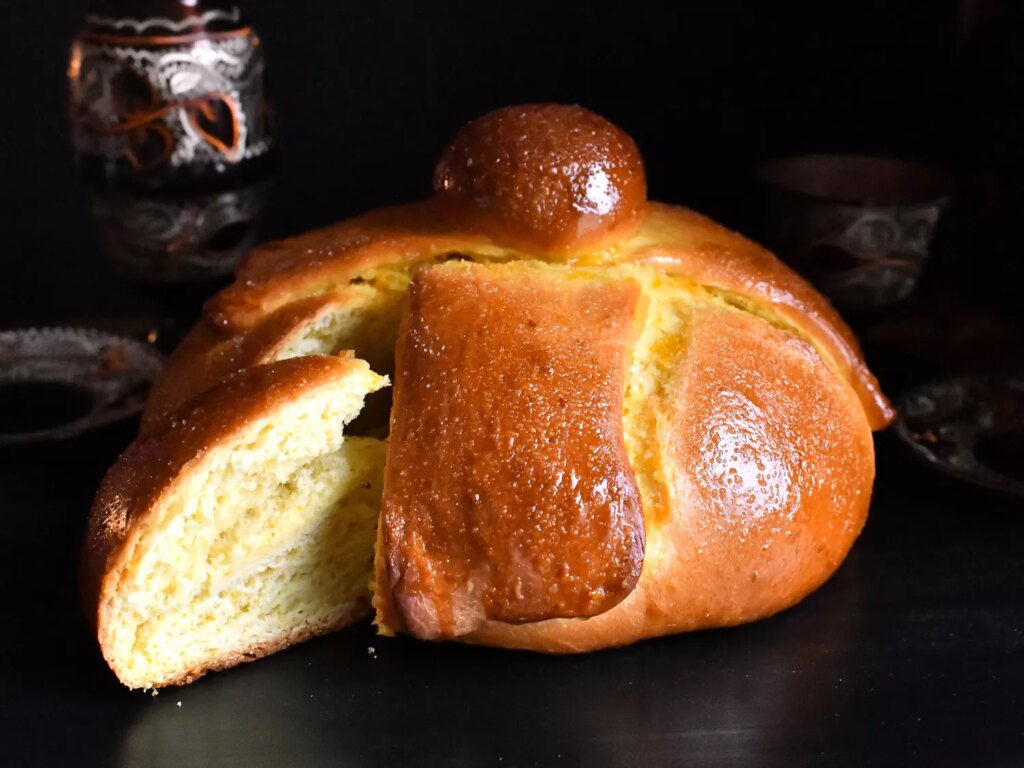
This pan de muerto is a version of the bread made for the November 2 celebration known as Día de los Muertos (Day of the Dead) in Mexico. You can also mold the bread into different shapes like angels and animals.
This traditional pan de muerto recipe is subtly sweet with an orange-flavored glaze.
What Is Pan de Muerto?
Pan de muerto is a type of Mexican sweet bread that is associated with Day of the Dead, a Mexican holiday that is celebrated on November 1 and 2.
The round bread symbolizes the cycle of life and death because of its circular shape. Extra dough is arranged on top to represent the skull, crossbones, and tears shed for the living.
It is traditionally flavored with anise seeds and orange zest.
How to Make Pan de Muerto
You’ll find the full, step-by-step recipe below — but here’s a brief overview of what you can expect when you make homemade pan de muerto:
- Make the bread dough.
- Turn the dough out onto a floured surface and knead until smooth and elastic.
- Cover and let rise in a warm place until doubled in size.
- Punch the dough down and shape into a large round loaf with a round knob on top.
- Place on a baking sheet, loosely cover, and let rise again in a warm place.
- Bake until golden brown.
- Make the glaze, then glaze the cooled bread.
How to Store Pan de Muerto
Store the bread (ideally in a bread box or under a cake dome) at room temperature for up to three days.
Allrecipes Community Tips and Praise
“I love this pan de muerto so much! So soft and so flavorful,” raves KatyaS. “Smells amazing while baking! Super yummy! Super delicious! Super easy to make!”
“This is delicious,” says Paula O’Keefe . “It rose beautifully, is light and airy, and the orange flavor is clear but delicate. I made only two changes: I substituted Splenda for the sugar in the recipe itself (but not in the glaze), and I made it in my bread machine. It also makes great toast the next day.”
“This bread came out great,” according to theresa . “The combination of the anise and the orange zest taste great together!”
Editorial contributions by Corey Williams
Ingredients
Bread:
¼ cup milk
¼ cup butter
¼ cup warm water (110 degrees F/45 degrees C)
3 cups all-purpose flour
¼ cup white sugar
2 teaspoons anise seed
1 ¼ teaspoons active dry yeast
½ teaspoon salt
2 large eggs, beaten
1 tablespoon orange zest
Glaze:
¼ cup white sugar
¼ cup orange juice
2 teaspoons orange zest
2 tablespoons white sugar
Directions
Gather the ingredients.
To make the bread: Heat milk and butter in a medium saucepan over low heat until butter melts. Remove from heat and add warm water. Mixture should be around 110 degrees F (43 degrees C).
Combine 1 cup flour, sugar, anise seed, yeast, and salt in a large bowl. Beat in warm milk mixture, then add eggs and orange zest; beat until well combined. Stir in 1/2 cup flour and continue adding more flour until dough is soft.
Turn dough out onto a lightly floured surface; knead until smooth and elastic. Place dough into a lightly greased bowl. Cover with plastic wrap and let rise in a warm place until doubled in size, 1 to 2 hours.
Punch dough down and shape into a large round loaf with a round knob on top. Place dough onto a baking sheet; loosely cover with plastic wrap. Let rise in a warm place until just about doubled in size, about 1 hour.
Preheat the oven to 350 degrees F (175 degrees C). Bake in the preheated oven until golden brown, 35 to 45 minutes. Cool slightly before brushing with glaze.
To make the glaze: Combine 1/4 cup sugar, orange juice, and orange zest in a small saucepan. Bring to a boil over medium heat and boil for 2 minutes.
Brush glaze over top of warm bread. Sprinkle with 2 tablespoons sugar.
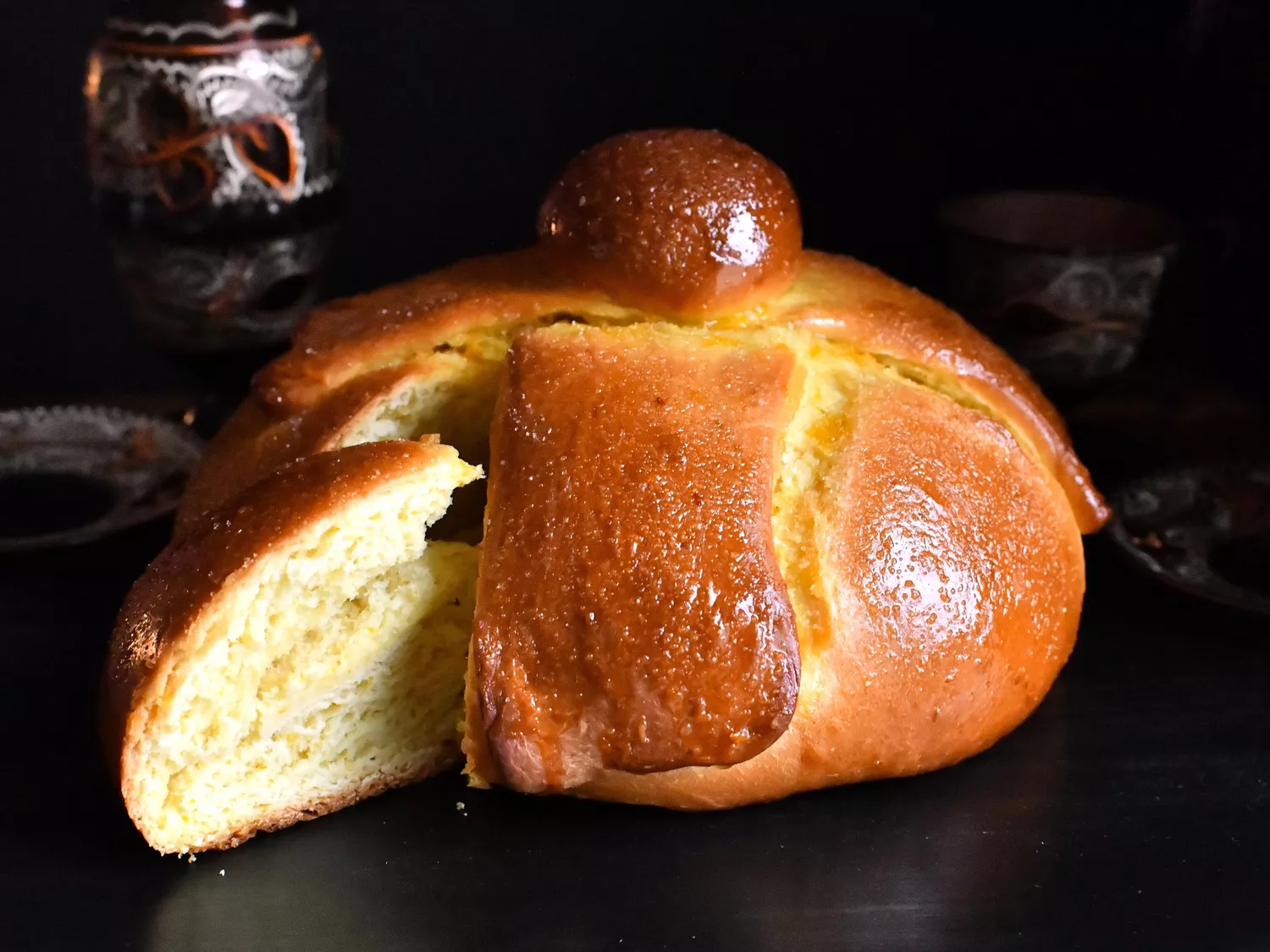
Kim
Cook’s Note
Substitute 1/2 teaspoon anise extract for the anise seeds.
Nutrition Facts (per serving)
| 208 | Calories |
| 5g | Fat |
| 36g | Carbs |
| 5g | Protein |
| Nutrition Facts | |
|---|---|
| Servings Per Recipe 12 | |
| Calories 208 | |
| % Daily Value * | |
| Total Fat 5g | 7% |
| Saturated Fat 3g | 14% |
| Cholesterol 42mg | 14% |
| Sodium 134mg | 6% |
| Total Carbohydrate 36g | 13% |
| Dietary Fiber 1g | 4% |
| Total Sugars 11g | |
| Protein 5g | 10% |
| Vitamin C 4mg | 4% |
| Calcium 21mg | 2% |
| Iron 2mg | 10% |
| Potassium 75mg | 2% |
* Percent Daily Values are based on a 2,000 calorie diet. Your daily values may be higher or lower depending on your calorie needs.
** Nutrient information is not available for all ingredients. Amount is based on available nutrient data.
(-) Information is not currently available for this nutrient. If you are following a medically restrictive diet, please consult your doctor or registered dietitian before preparing this recipe for personal consumption.
